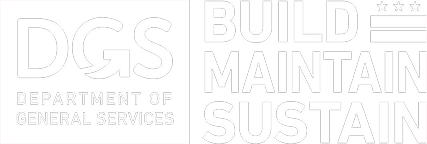The Department of General Services (DGS) conducts annual GMAX testing on synthetic turf fields in all eight wards to assess where maintenance is required. GMAX testing is a surface hardness impact test. It is the most commonly used standard set by the American Society for Testing and Materials (ASTM) International, which established a GMAX value of 200 for the maximum allowable limit for safety.
GMAX, a stringent test method, focuses on scoring 10 high-use areas on each field. A single score exceeding 200 at any of the District's synthetic field locations triggers a temporary, short-term closure for necessary maintenance. The remediation process, which can range from minor infill top-off (2-3 days completion) to sectional replacements (2-3 weeks completion), underscores the importance of maintaining GMAX scores within the safety limit. DGS strictly adheres to the field turf protocols developed by the District's Interagency Working Group on Artificial Turf and Playgrounds.
GMAX Test Reports
GMAX testing measures the shock absorption of synthetic turf. The results indicate how much shock an athlete absorbs when impacting the turf. As the GMAX value increases, the field becomes harder and less likely to absorb shock. These measurements are a fundamental tool alerting you to critical compaction issues and the possible need for additional infill, keeping your field safe and limiting injuries.
GMAX values increase with high usage, compaction, and infill segregation. These values can be reduced by grooming or top-dressing your field. For synthetic surfaces, the American Society for Testing and Materials (ASTM) specifies that the reported GMAX value for all test points on a field should be less than 200 GMAX (as measured following ASTM procedures F355-A and F1936). If the standard isn't met, the field is considered in need of maintenance, and remediation is required. The shock tests, called "drops," are done three times in 10 separate locations. The results are recorded in the report.
Understanding the Report
The report provides general information on the location site name, address, date, time, weather, and average test score of all 10 test locations. The individual drops and average scores are used to inform maintenance activities. The report includes a test matrix that depicts the results of each of the three drops at each of the 10 locations, totaling 30 drops. It also records the depth of the field material at each test location. Any one drop that is recorded above ASTM standards will be highlighted, and the field is considered in need of maintenance. Finally, there are area images and descriptions of all field test locations.
